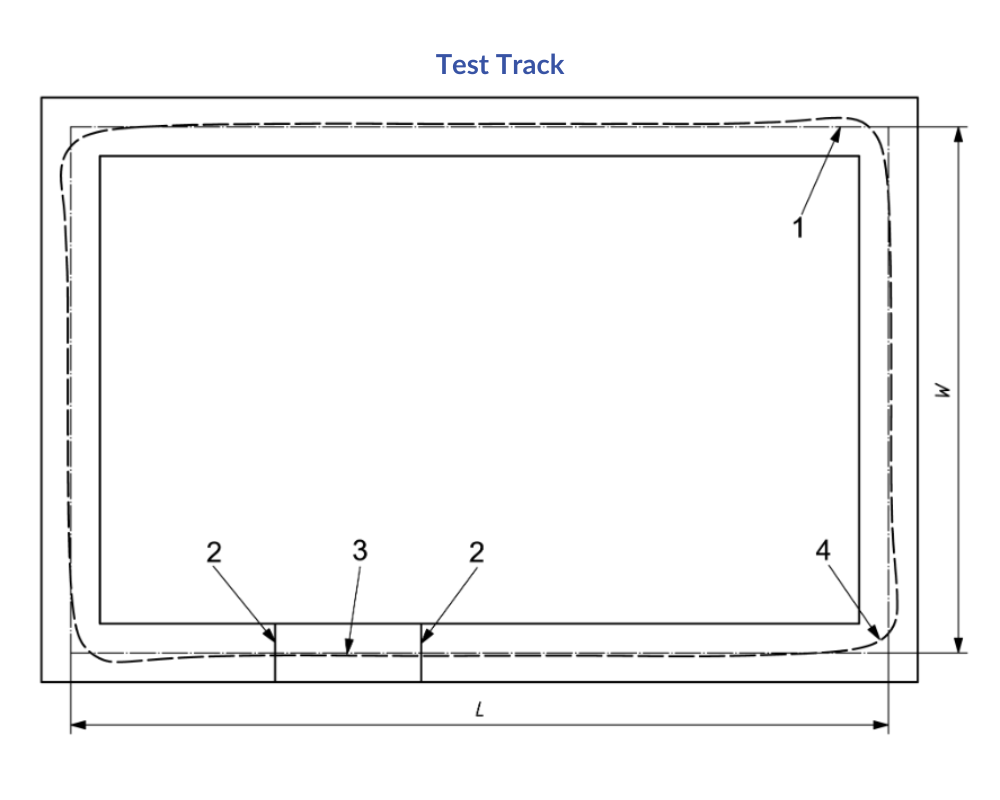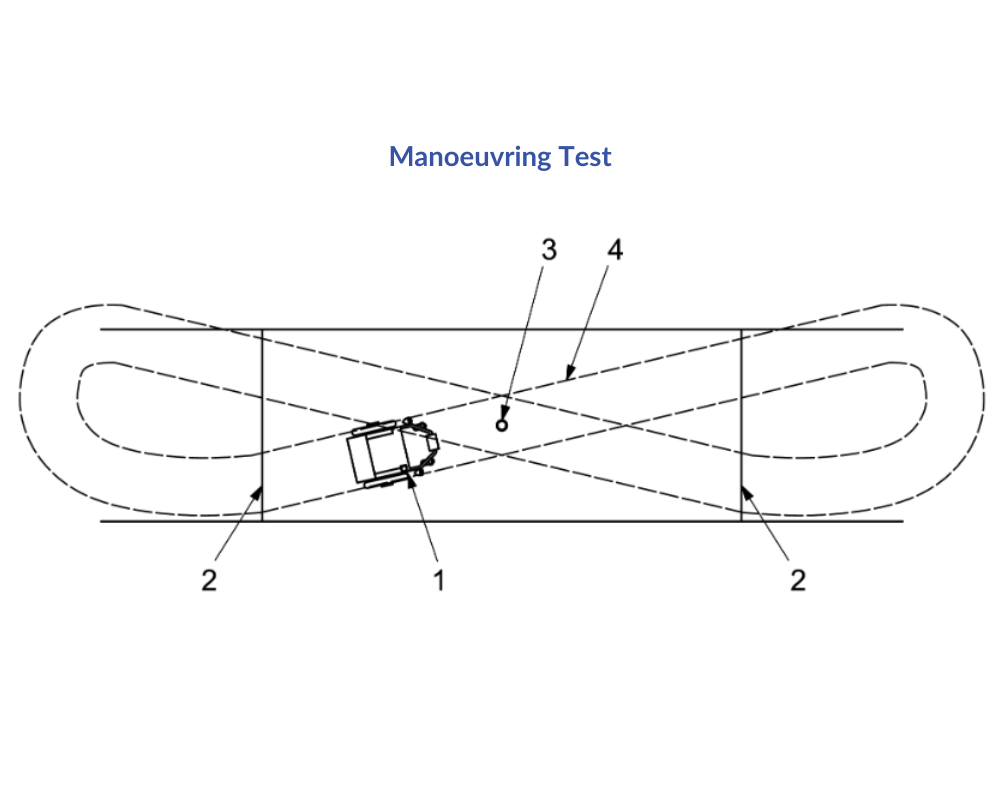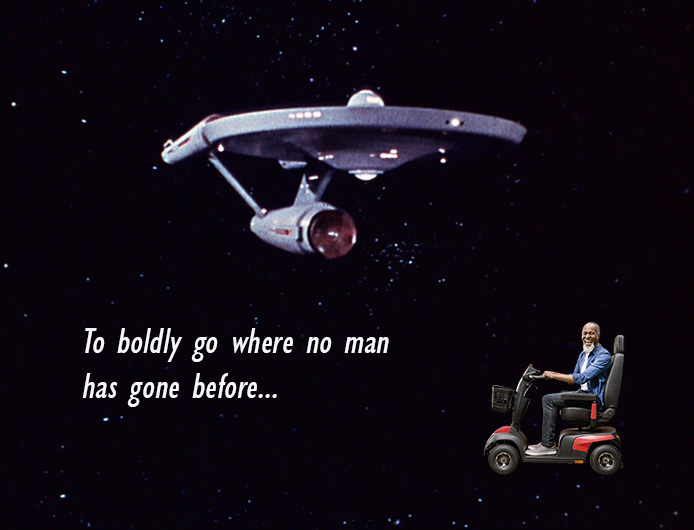How Far Will My Clients’ Scooter Go?
Understanding manufacturer stated range vs real world driving range.
At GMobility, we get this question a lot, and frankly, it’s a bit of a confusing topic. Let’s see if we can dig a bit deeper into what manufacturer-stated driving range actually means for the user and how much stated range a user actually needs.
How are manufacturer stated “theoretical” driving ranges calculated.
In most cases, the theoretical range provided by the manufacturer is often calculated according to ISO 7176-4. This standard is quite comprehensive, but in short, it involves driving a scooter loaded with a 75 kg dummy around a rectangular test track and a figure-eight track ten times each while monitoring energy consumption with a specialised apparatus.
Do this 10 times…

Then do this 10 times.

Then do some maths….
The consistent conditions of the test track provide a standardised comparison across different models, but they do not necessarily reflect real-world usage.
The real world.
While the ISO 7176-4 test offers a theoretical maximum range, the real-world performance is influenced by several factors. Hilly terrain, the weight of the occupant, accessories, cargo, and even extreme temperatures can significantly impact the actual distance a scooter can travel. Like how towing heavy loads or driving on steep roads affects a car’s fuel consumption, these factors lead to discrepancies between theoretical and practical ranges.
Another consideration is the battery’s longevity. Mobility scooters typically use deep-cycle lead-acid or gel batteries, which naturally degrade over time. Frequent deep discharges accelerate this degradation, reducing capacity more quickly and shortening the battery’s lifespan. To extend battery life, it’s advisable to prescribe scooters that offer more practical range than users require.
As a rule of thumb at GMobility, we recommend that a good starting point is to evaluate how far the user will drive on an ‘average’ day. An ‘average’ day of scooter use should not exceed more than 50% of the manufacturer’s stated theoretical range. Adjust for hilly terrain and heavy loads. The good news is that even our smallest recommended outdoor scooter, the Pegasus Metro model, offers a theoretical range of 43 km. For most users, this offers plenty of real-world driving range for their needs.
There will, however, always be users who want to push the envelope, and we are all for this!

For the most demanding users, lithium batteries are a superior alternative. Users won’t quite make it to space, but their greater energy density and resilience to deep discharge make them ideal for longer journeys and heavier usage.
To further extend battery life, users should store their scooter near a charger and plug it in whenever it’s not in use, reducing instances of deep discharge and ensuring the scooter is always ready to go.
By considering these factors, occupational therapists and physiotherapists can better guide clients in choosing a scooter with a realistic range and improved battery management, ensuring a reliable and satisfying mobility solution.
How GMobility Can Help
Hopefully you found the information in this guide useful. If you have any questions, please don’t hesitate to reach out!
Written by Jeremy White, Director at GMobility
If you require more assistance in choosing the right equipment to suit your needs, contact our team today for more information. You can call us on 1 300 00 4662 or send an email to info@gmobility.com.au.

 Log In
Log In